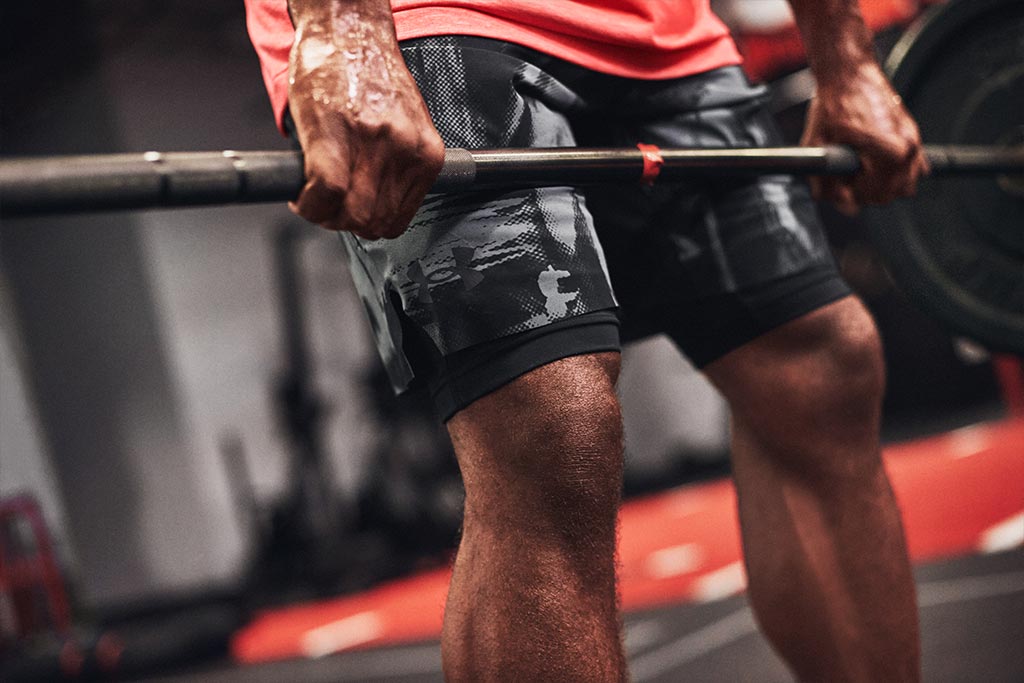
Intense training – even when your body says no
Most people probably picture bootcamps, CrossFit, heavy strength training, or interval running. It looks sweaty, explosive, and intense. Some feel motivation bubbling at the thought, while others are overwhelmed with anxiety.
The Problem with a Fixed Idea
Having a fixed idea of what intense training should look like prevents many people – such as older adults, individuals with injuries, or those with disabilities – from even considering it as an option. They think they don’t have what it takes to fit the mold.
If you too are stuck in a fixed idea of what intense training looks like, it’s time to broaden your perspective. Because it’s not about a certain type of exercise or workout format – it’s about working hard based on your own capacity.
This article explains what happens in the body during intense training – and how you can adapt it to reap its many health benefits.
What Is Intense Training – and What Happens in the Body?
Intense training means that the body is working close to its maximum capacity for short periods, often with rest breaks in between. This can mean your heart rate reaches 80–95% of your max, or that your effort feels like an 8–10 on a scale from 1 to 10.
Here’s how the body responds to intense training:
-
Improved oxygen uptake. The heart grows stronger, the lungs more efficient, and muscles better at using the oxygen they receive.
-
Cardio fitness improves faster. Research shows that short, intense intervals can produce equal or even better improvements in VO₂ max (the body’s oxygen uptake capacity) compared to longer, moderate sessions.
-
Increased insulin sensitivity. This lowers the risk of type 2 diabetes.
-
Higher calorie burn. Even after your workout ends, the body keeps burning calories – the so-called "afterburn effect."
-
Positive effects on the brain. Endorphins, dopamine, and other neurotransmitters are released in greater amounts, reducing stress, anxiety, and depression.
When the Will Is There but the Body Says No
Many who would benefit most from intense training – older adults, those with arthritis or back pain, or individuals with disabilities – struggle with traditional forms of high-intensity training, where physical resilience is required just to get started.
But – it’s possible to train intensely without pushing your body’s tissues to the limit. A great example is incline walking on a treadmill, which studies show has a similar effect on heart and lungs as running, but with significantly less strain on knees and hips.
Alternatives to Running: Intensity Without Impact
If you can’t run – due to injury, age, or something else – there are still many ways to add intensity to your training:
-
Incline walking (e.g., on a treadmill)
-
Cycling (stationary or outdoors)
-
SkiErg, rowing machine, or air bike
-
Bodyweight exercise circuits
-
Aqua jogging or swimming
Importantly: intensity is not about running fast or lifting heavy. It’s about how close you’re working to your personal max. You should be breathless, sweaty, and unable to speak in full sentences. That’s how you know you’re there.
How to Start Intense Training Safely
The most important advice: start where you are.
If you’re not used to training, or have a medical condition – talk to a doctor or physiotherapist first. Then begin gradually. Try, for example:
-
20 seconds of work, 40 seconds of rest. Repeat 4–6 times.
-
Choose an exercise you’re comfortable with, like cycling, rowing, or squats.
-
Increase intensity, volume, or frequency gradually and listen to your body throughout. The goal isn’t to reach a specific result, but to gently expand your limits while feeling safe.
High-Intensity Training – for Everyone, Regardless of Fitness Level and Conditions
Many people associate high-intensity training with boot camps, CrossFit, or interval running, which can seem both motivating and intimidating. This fixed image often prevents many—such as older adults or individuals with injuries and disabilities—from trying it, as they feel they don’t fit the typical mold.
High-intensity training involves working near your maximum capacity for short periods, usually with rest breaks in between. During this, your heart rate can reach 80–95% of its maximum, and perceived effort is high, around 8–10 on a scale of 1 to 10. This type of training strengthens the heart, increases oxygen uptake, improves insulin sensitivity, and boosts metabolism even after the workout. Additionally, it releases neurotransmitters that reduce stress and improve mood (Pedersen & Saltin, 2015).
Train Smart – Train Intensely (Your Way)
We need to stop thinking of high-intensity training as something extreme. It’s not reserved for elite athletes or bootcamp-goers. It’s a method of training that, when done right and smartly adapted, suits almost everyone – and can provide tremendous health benefits.
What matters is training intensely based on your own conditions. A 75-year-old with a hip replacement can get just as much out of a short incline walk as a 30-year-old does from a CrossFit class – as long as both are working close to their own max.
So next time you plan a workout – don’t just ask what to train, but how intensely you can train based on how you feel that day. You’re stronger than you think, and there are plenty of ways for your body to shine.



